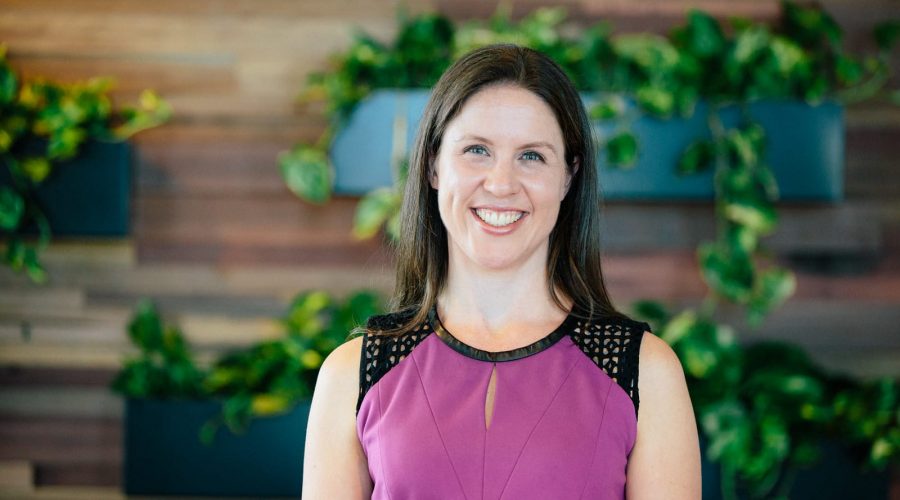It’s time to see some bolder conversations around gender pay parity.
Sure it’s encouraging to see a 46 per cent increase in the number of Aussie women business operators over the past two decades and learn that women now make up over one third of all Australian business operators.
But does this growth mask a greater issue in the Australian business environment?
I meet a lot of our customers and one of them told me recently that as the primary caregiver, she was disadvantaged in the business environment in which she works.
Another, who has a successful bookkeeping firm and employs six staff, spends 12 weeks a year caring for her young family, taking time out of her business.
Recently, I spoke at the Women’s Leadership Symposium in Sydney and was surprised to hear similar issues being voiced by many women from a wide range of backgrounds including some of Australia’s well-known corporations.
Let’s explore some of the facts. Over the last 20 years gender pay parity has hardly changed; full-time male workers earn, on average, 16 per cent more than women while top-line male managers earn 26.5 per cent more than women.
Twenty years ago the full-time gender pay gap was 17 per cent.
In addition, we recently conducted research among 300 female small business operators and found almost 60 per cent choose to be self-employed because they want to be their own boss with 50 per cent desiring a better work-life balance.
Before being self-employed, six out of 10 were employed in either small or large businesses. Interestingly a third who left were between the ages of 24-37 years.
Our research also showed that 57 per cent of Australian women who operate their own businesses are ‘pleased’ or ‘delighted’ with the quality of their lives, with 30 per cent feeling mostly satisfied.
However, going it alone hasn’t solved all their problems.
Around 60 per cent of women surveyed said their biggest challenge is maintaining a consistent income stream and many have found significant time away from their businesses means they simply can’t invest the time needed to scale and grow.
These reduced working hours have, in turn, meant lowering what they pay themselves.
It’s time for bolder conversations
The time has come for bolder, challenging and sometimes uncomfortable conversations about female employees in organisations and finding solutions to ensure women are progressing at the same rate as men.
Women are playing an ever-more-important role in business but there is still a way to go before they achieve full equality in the workplace.
Fostering the advancement of women in large or small businesses is not just for their benefit, there are also huge benefits for the company and the wider economy.
As Ernst & Young put it: “Getting more of our best-qualified women into the workforce will not only boost the supply of talent and ensure women are securing their career foothold, it will also improve the return on Australia’s investment in education. Currently, the nation is losing over $8 billion each year for undergraduate and postgraduate women who do not enter the workforce.”
I have personally witnessed how a diverse workforce that reflects the demographics of your customers, can help an organisation innovate and grow.
I also see women turn their hobbies into successful business ventures by harnessing easy-to-use technology such as cloud accounting software.
The time for these bolder conversations about gender equity and pay parity is upon us and I am excited to see what the future holds for Aussie entrepreneurial women.













